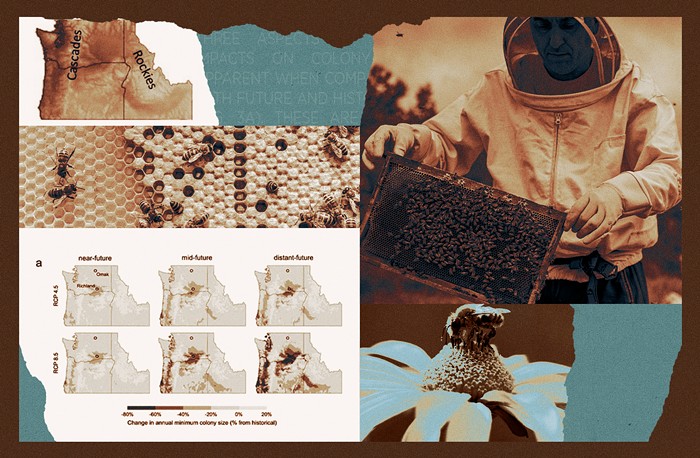
On Genetic Engineering and the Limits of Athletic Performance: Is Usain Bolt the best sprinter the world will ever know? Human athletic ability typically follows what statisticians term a normal distribution, with the number of individuals genetically capable of a given performance at the upper end of the spectrum declining expotentially. This distribution is indicative of the additive properties of “alleles,” or genetic variants with alternate forms. The more beneficial alleles you have for traits like leg speed, oxygen transferring capacity, and bone density, the farther out toward the far right end of the spectrum you’ll be. An in article the latest issue of Nautilus Magazine outlines this fundamental bit of sports science, and poses the provocative idea that technologies like gene editing (a.k.a. CRISPR) will result in the superstars of the future. Its takeaways: while the potential benefits of doping are relatively modest, the potential benefits of genetic engineering are massive. The ethics of this, of course, are less clear cut. Maybe we should all watch Gattaca this weekend.
A Map Of Where Critters Will Go As the Climate Changes: Whether a given species will thrive or decline in response to our changing climate is heavily determined by two factors. The first of these factors is the species’ overall level of something known as “standing genetic variation,” which determines long-term evolutionary potential. The greater the standing genetic variation in a species, the greater the probability of individuals bearing traits that will prove advantageous to surviving unforeseen threats. In the classic mode of the theory of evolution by natural selection, these individuals will then be more likely to survive and reproduce to pass their advantageous genes, helping the species as a whole to
adapt to a new environment.
The second of these factors is the species’ “dispersal ability,” or the potential for individuals to travel to locations where the climate remains suitable. Of course, on a globe heavily altered by human activity and rife with artificial obstacles and modified habitats, dispersal ability itself doesn’t ensure individuals of a species attempting to outrun climate change will make it where they need to go. Which is why this map of modeled migration routes for 3000 species (based on research from the University of Washington and the Nature Conservancy) is an important tool for conservation efforts aimed at mitigating the great extinction that is stemming from our insatiable appetite for fossile fuels. (There’s also an animated version here)
Putative President Trump Bad, Bad, Bad On Science: It’s unlikely to surprise you that Donald Trump has embraced a variety of anti-science policies and positions. The New Yorker’s Lawerence Krauss has a rundown of the worst of them, which range from climate change denial (“It’s a hoax!”) to linking vaccines to autism. He also outlines Clinton’s history of support for the sciences, which—along with a legendary excess of caution in her public statements, and fleet of well-educated advisors feeding her the right notes—is why she has rarely appeared in this column’s crosshairs.
Science Event of the Week: Third Place Pub in Ravenna is one of the gems of the neighborhood, and a spot your dutiful correspondent has filed from more than once. (Usually over a Ninkasi Tricerahops). On the last Monday of each month, it’s also site of the Science On Tap series, featuring a short presentation on a science or technology topic followed by smaller group discussions. This week—August 29th at 7PM—retired US Navy officer Todd Cloutier will present on nuclear power and climate change. I imagine some of you will have opinions on the topic. (You should also order the fries with the feta dip).














